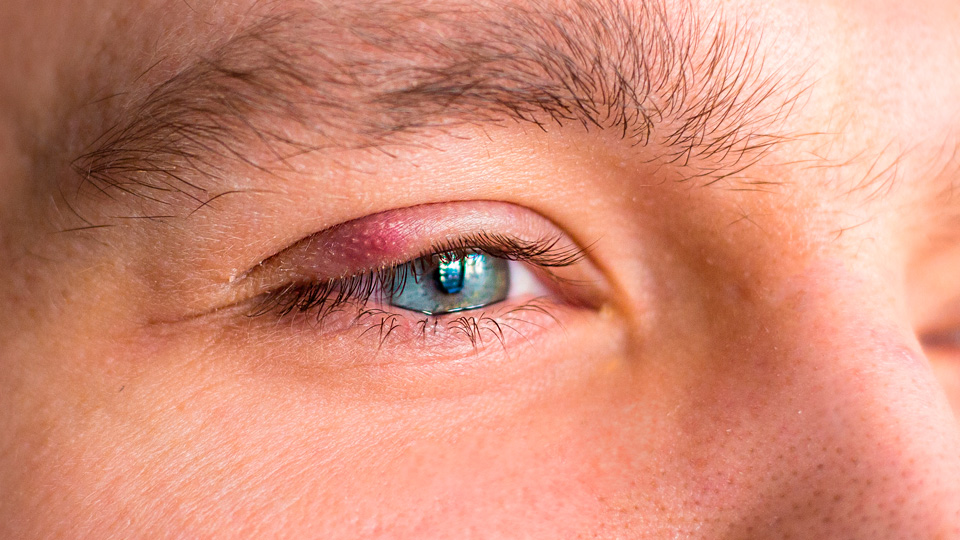What are migraines with visual aura?
16/12/2025

09/08/2021
A stye is one of the most common pathologies in ophthalmology, therefore it’s important to know the cause, treatment and, above all, the prevention to stop it recurring or becoming chronic insofar as possible.
Although it’s not a serious condition, it’s annoying, painful and sometimes (if it turns into a cyst) it requires surger
Our eyelids have glands that produce an oily secretion necessary for a healthy eye surface.
These glands drain their content in the eyelid margin. A stye is a bacterial infection of one (or more) of the sebaceous glands.
It usually appears as a reddish, painful lump on the eyelid margin, sometimes the whole eyelid even swells. On occasions a drainage point may appear on the skin, or skin wound, and if the styes are internal, they may be accompanied by secretions.
Treatment lasts between 1-2 weeks. When it is in its active phase (painful, red, hot, etc) the indicated treatment is:
In the odd isolated case, a local cortisone injection is indicated.
The large majority of styes resolve with treatment (some even go away on their own), but in certain cases, past the acute stage, they turn into a cyst, forming a chalazion, that is to say, a hard and painless lump. If it gets smaller over time, it may go away without needing treatment, but if it does not, a small outpatients surgery under local anaesthesia will be required to remove it.
The appearance of a stye is very often related to your type of skin (acne, rosacea), blepharitis (inflammation of the eyelid margin), children that require optic correction or other eye pathologies that must be treated.
There's no doubt that prevention is key. The patient must keep to certain routines, thereby preventing more styes from emerging.
Depending on the case, cleaning the eyelid margin on a daily basis with shampoo or wipes is important.
Once a week or every 2 weeks, apply dry head and massage for 10 minutes to drain the glands. Recurrent, rosacea-based cases, may respond very well to oral antibiotic treatment for a couple of months (and thus help the production/cleaning of the gland). And currently, in chronic cases and those that are difficult to manage with conventional treatment, we use IRPL (Intense Regulated Pulsed Light), which involves gland stimulation using pulsed light.
It's a painless, non-invasive treatment with very good results.
Dr. Ainhoa Martínez Grau, ophthalmologist at the Barraquer Ophthalmology Centre